The Central Highlands is located at an altitude of about 600m to 1,500m, with about 2 million hectares of fertile basalt soil - a type of soil formed during volcanic eruptions.
With its fertile, nutrient-rich, and porous properties, this type of soil is good for crops, especially perennial industrial crops with high economic value such as coffee, tea, rubber, pepper, and cashew.
Coffee trees originated from faraway Africa and were introduced to Vietnam in the second half of the 19th century by European missionaries. Initially, this type of tree was grown in the North and then gradually brought to the interior.
In the early 20th century, after decades of wandering in Vietnam, the coffee “boat” chose the Central Highlands as its “dock” to settle down. Here, the altitude, climate, and soil are suitable, and the local people quickly became “fascinated” with the coffee tree.
Coffee connoisseurs comment: sometimes in this region's coffee there is a rich taste of butter, caramel... and especially the flavor created by the sun and wind of the Central Highlands.
The relationship between trees and land has made Vietnam the second largest coffee exporter in the world . In particular, Vietnam's Robusta coffee output ranks first in the world.
Coffee has changed the lives of the people of the Central Highlands and developed the country's economy. On the contrary, in Vietnam, a coffee culture with its own identity has been formed. The way to name different types of coffee has also been Vietnamized.
Arabica coffee is also called “tea coffee” because its leaves look like tea leaves – this type of coffee only grows in some areas in Lam Dong province – the yield is not much but the quality is excellent. Robusta coffee is called “vối coffee” because its leaves look like vối leaves – a popular and familiar name.
People in the Central Highlands often calculate the crop season according to the lunar calendar. After harvesting around mid-October, the coffee trees are pruned and watered continuously until the rains come (usually in the third lunar month).
The first batch of coffee flowers blooms before Tet, from the full moon to the end of January is the second batch of flowers, although there are fewer flowers but the fruit set rate is very high, around the end of February the last batch of coffee flowers bloom. When it rains a lot, coffee growers only need to weed and fertilize regularly so that the plants have more nutrients to nourish the fruit. In August, the coffee begins to ripen, and in October, the red ripe coffee fields are bustling with the laughter of the harvesters.
Heritage Magazine



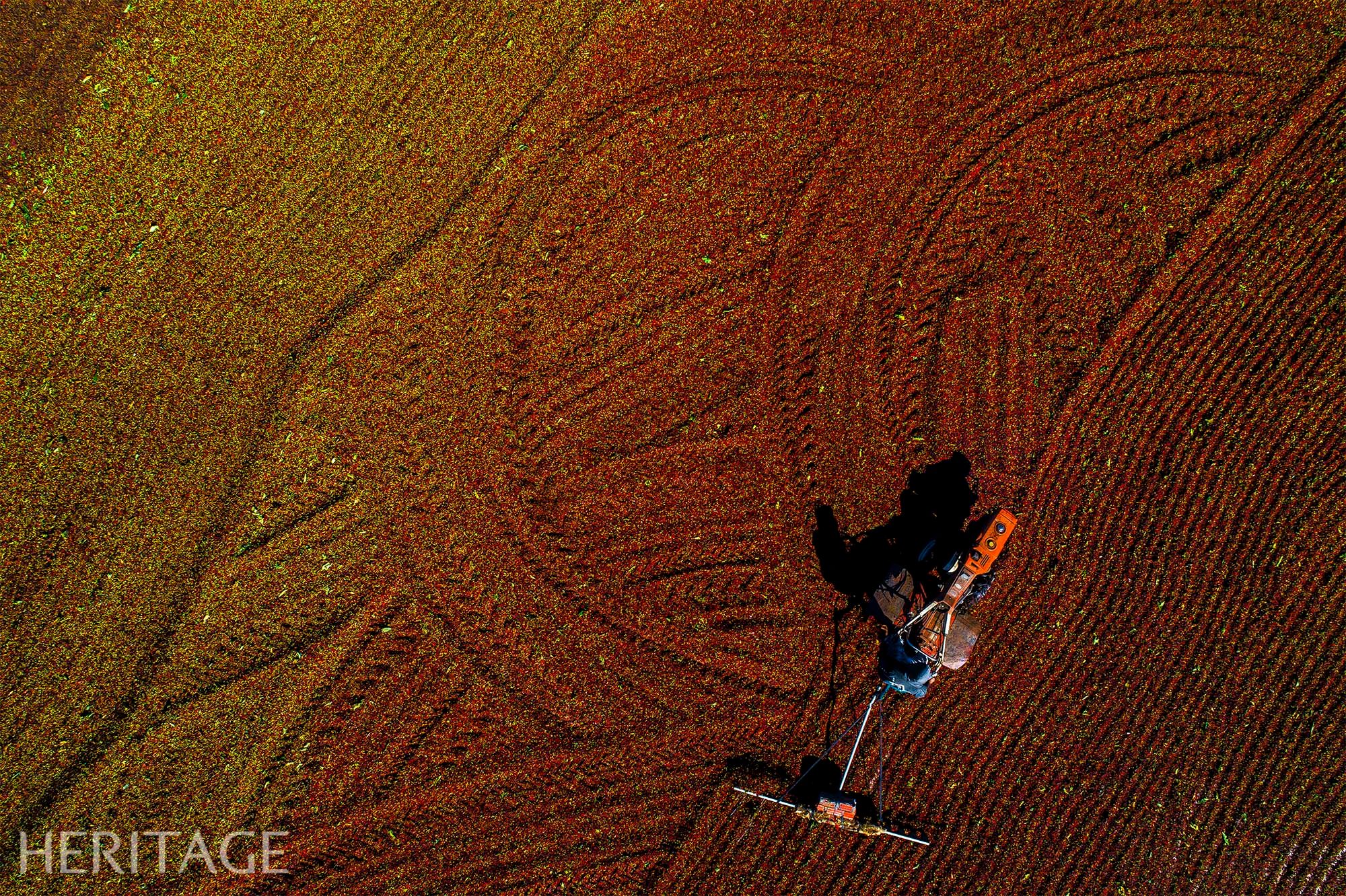
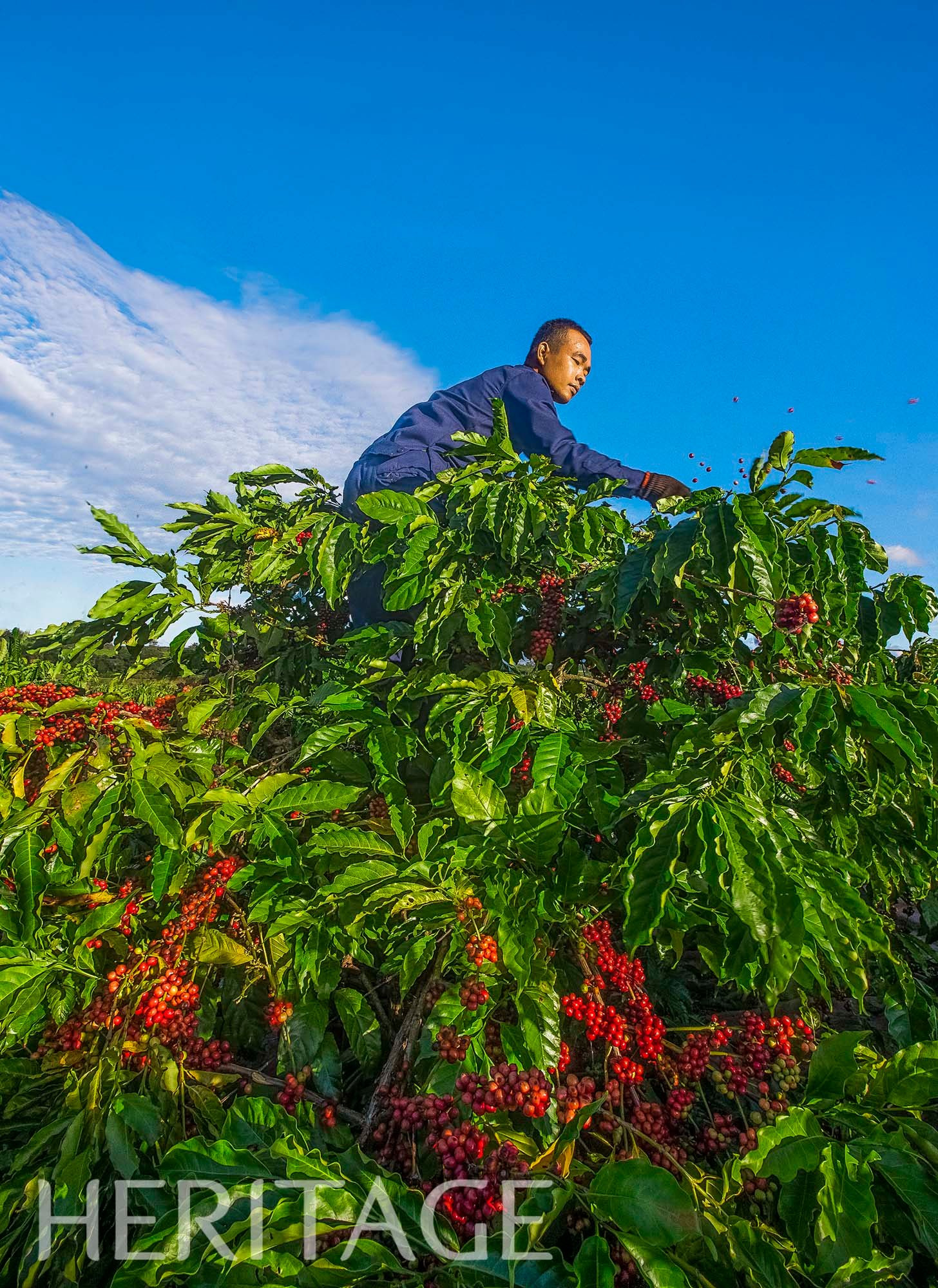
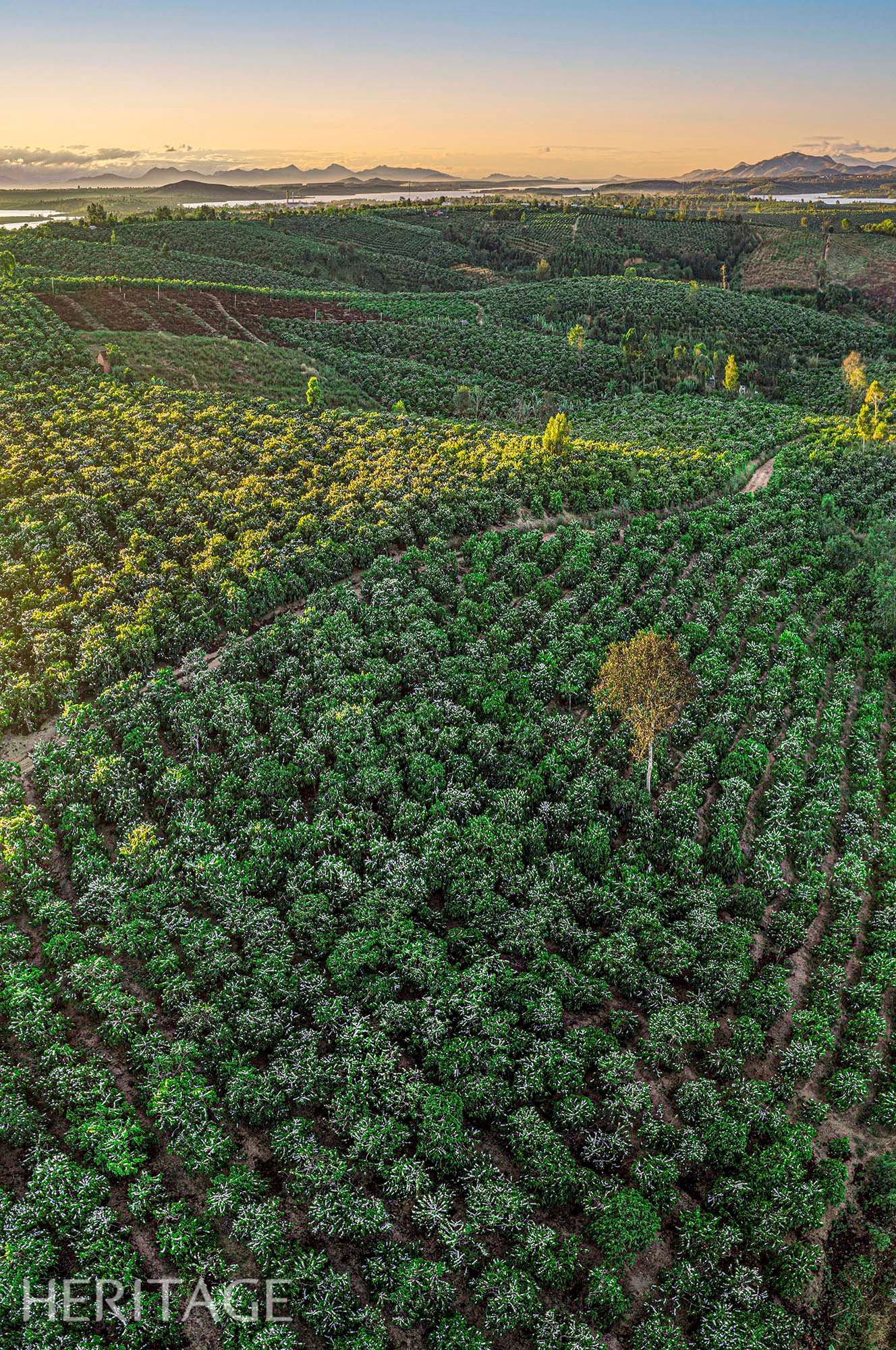
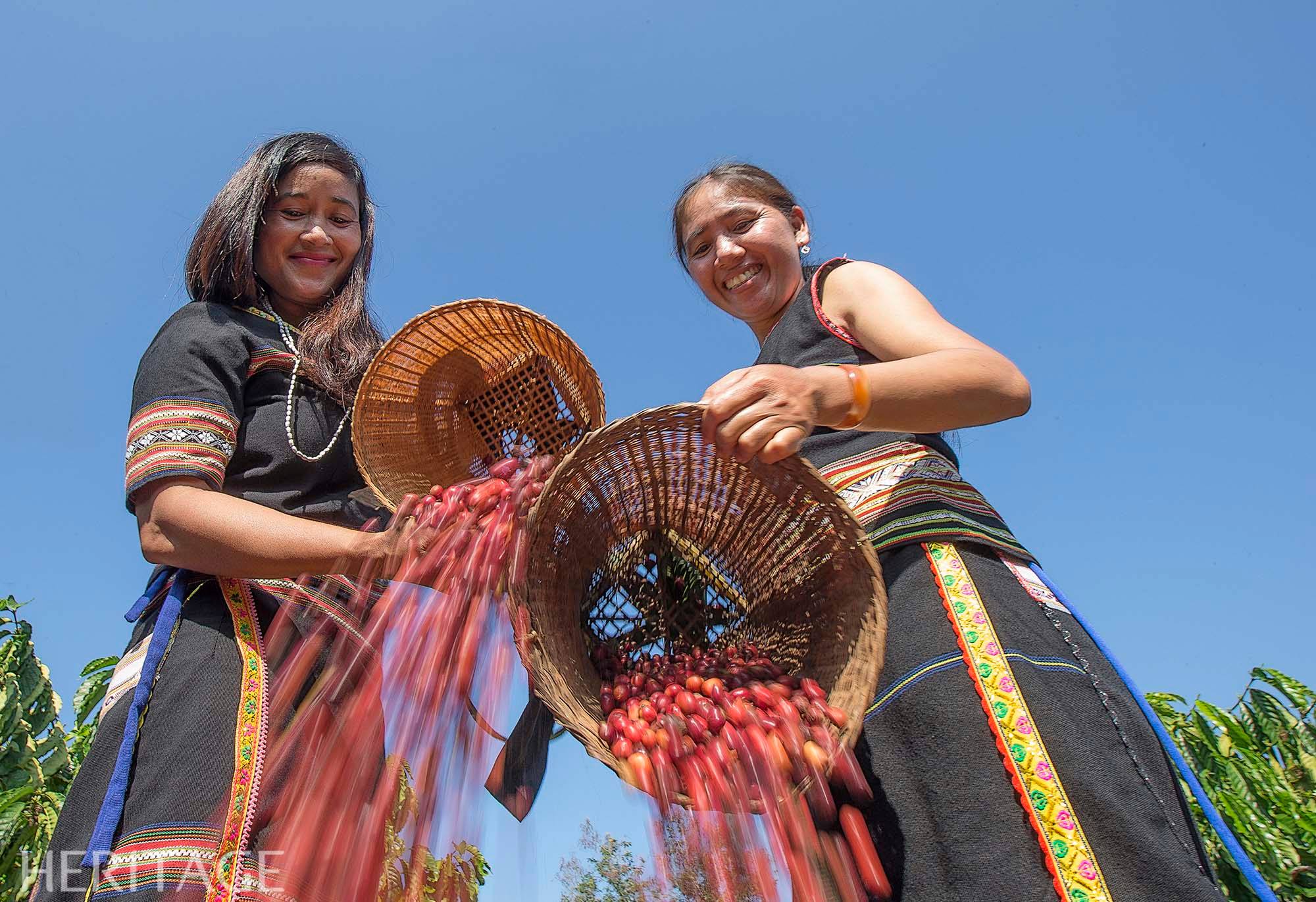
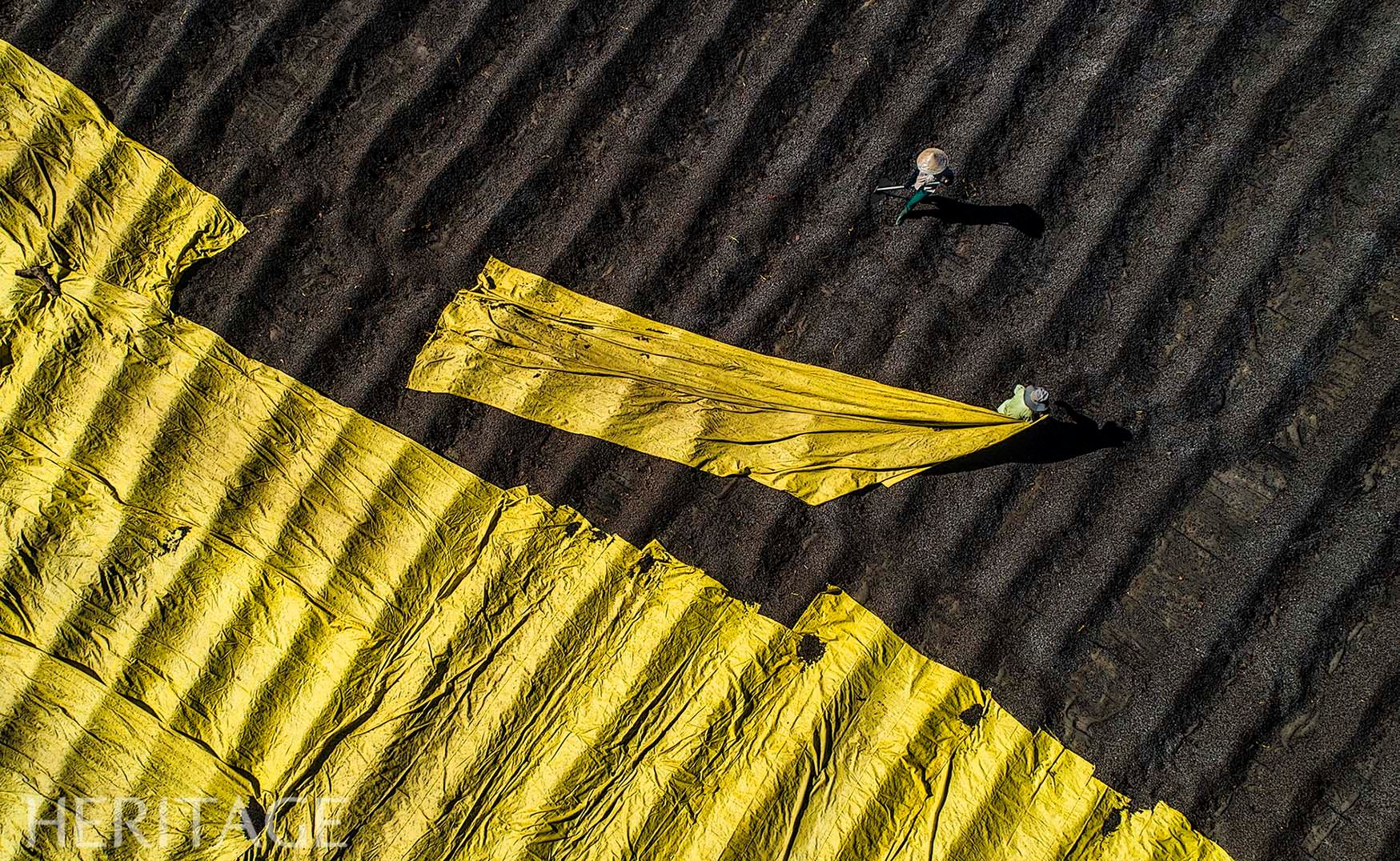


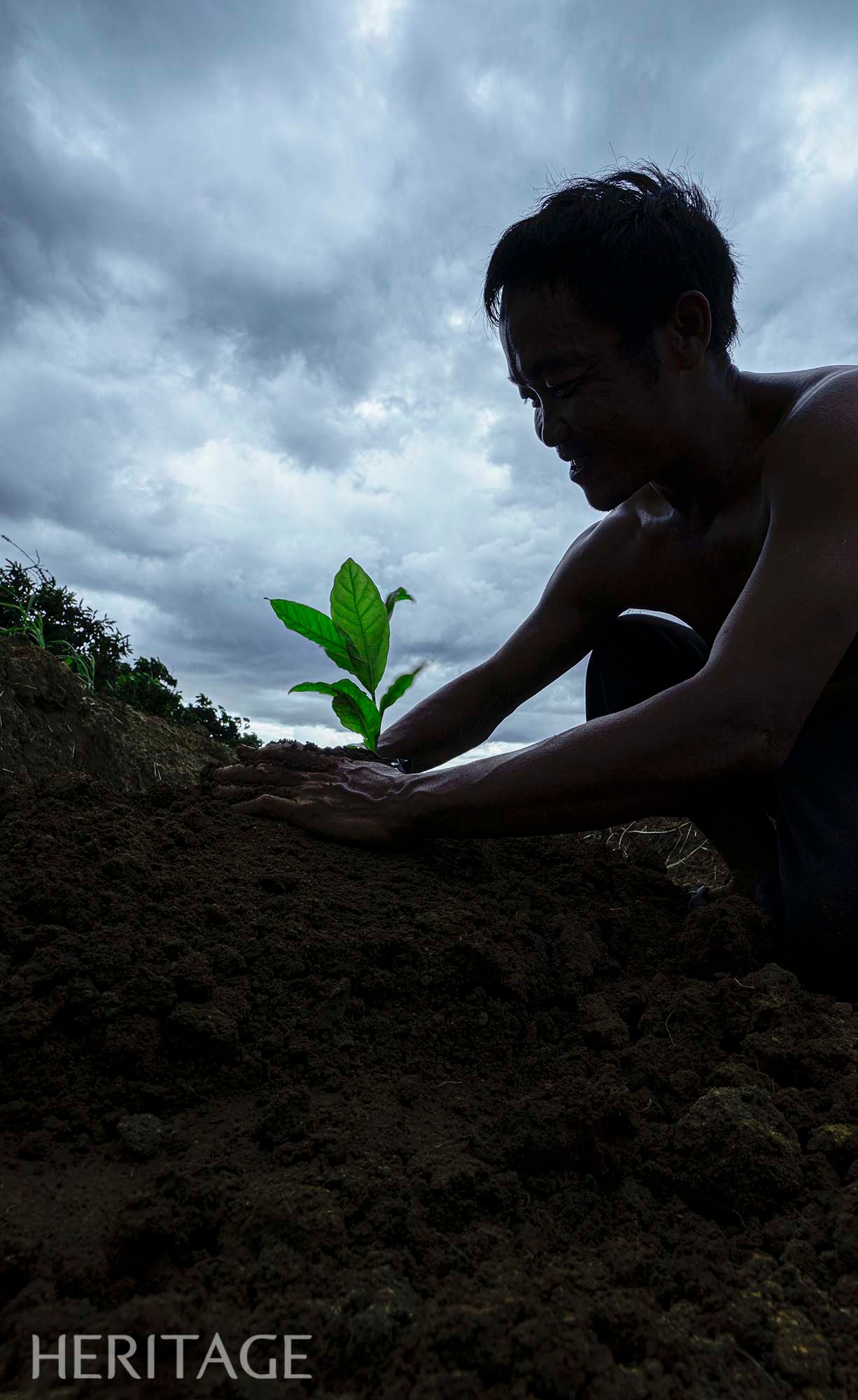







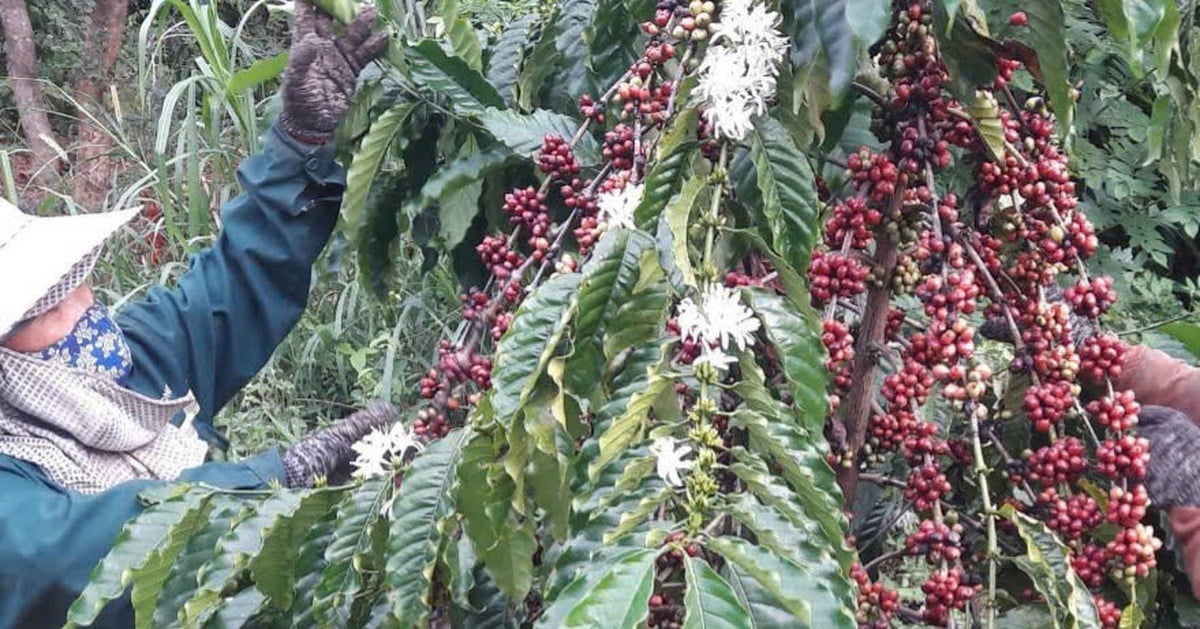

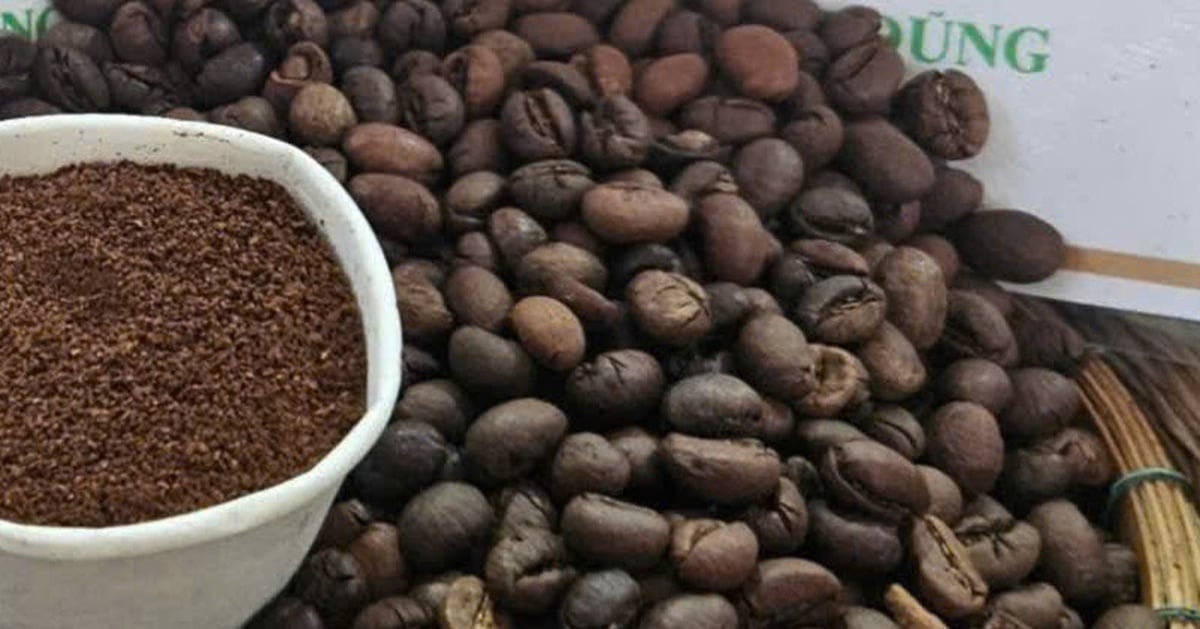


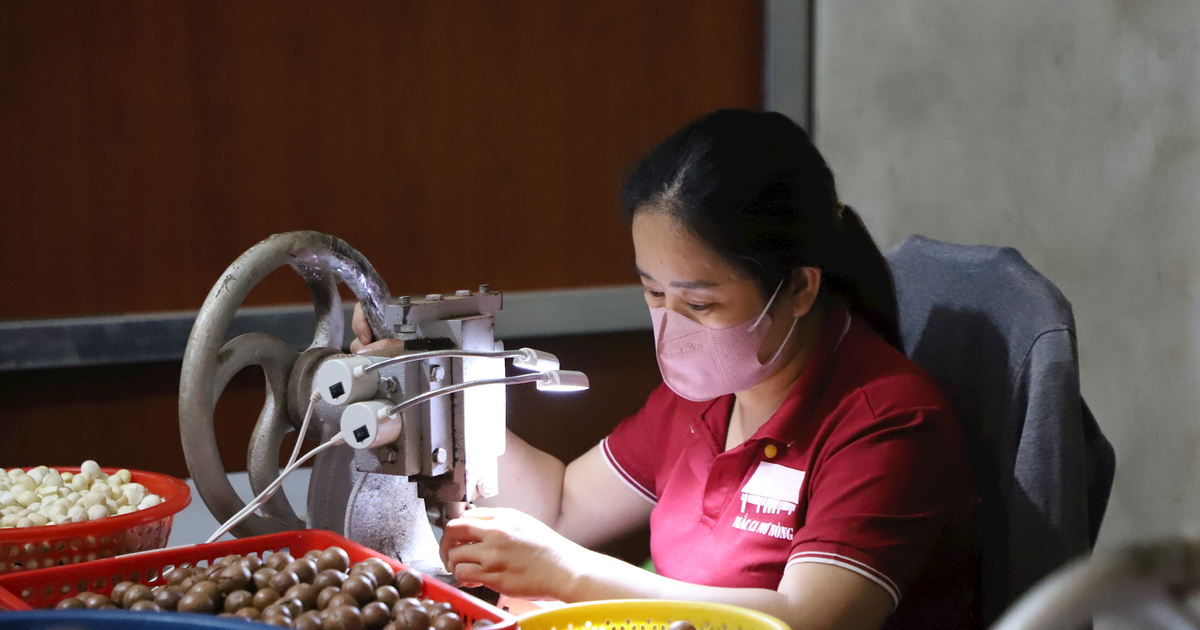

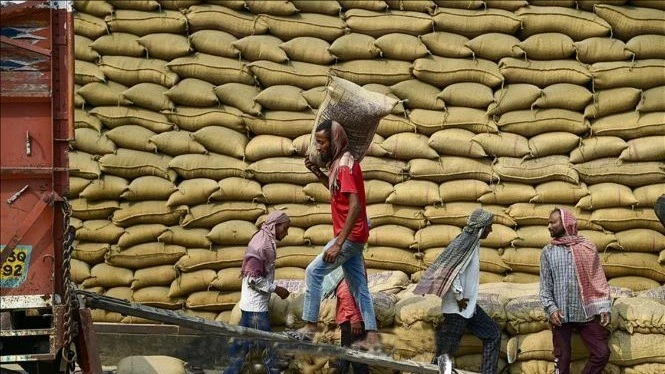


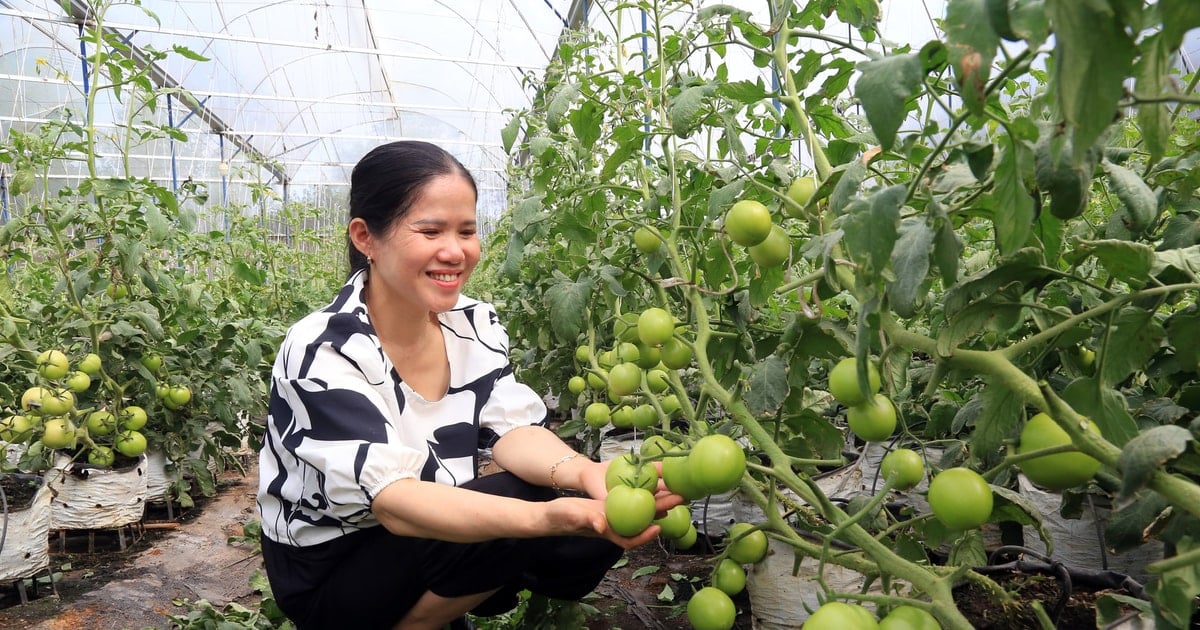
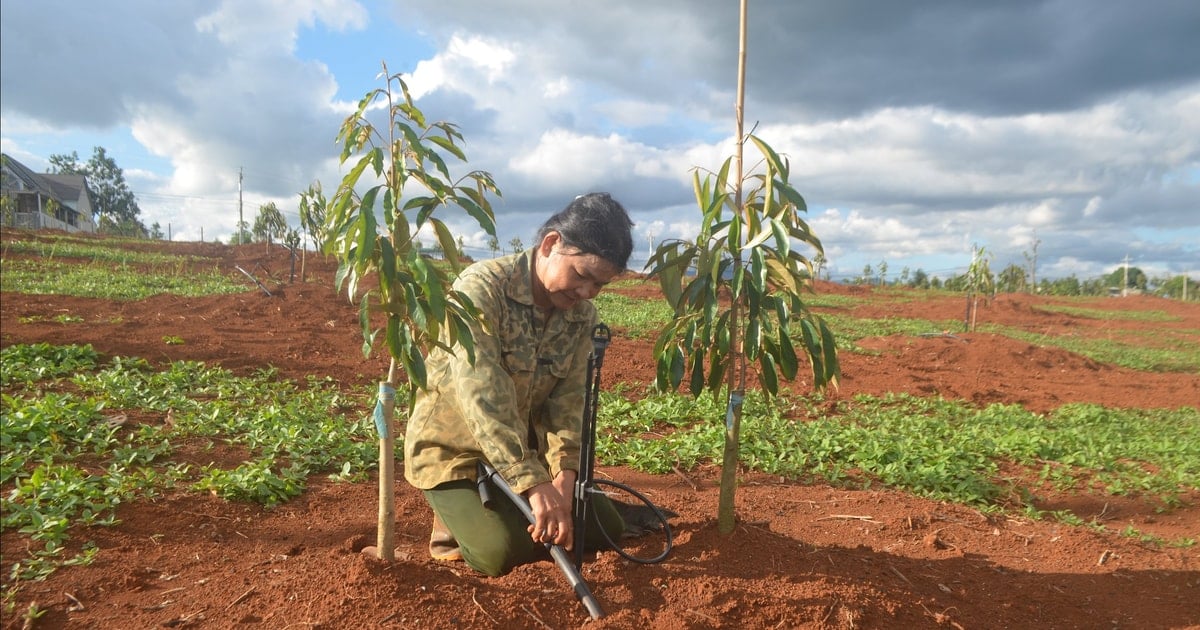













![[Photo] President Luong Cuong attends special political-artistic television show "Golden Opportunity"](https://vstatic.vietnam.vn/vietnam/resource/IMAGE/2025/8/22/44ca13c28fa7476796f9aa3618ff74c4)



































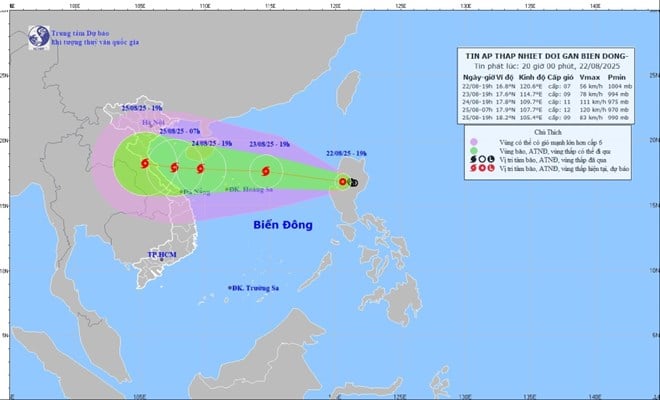









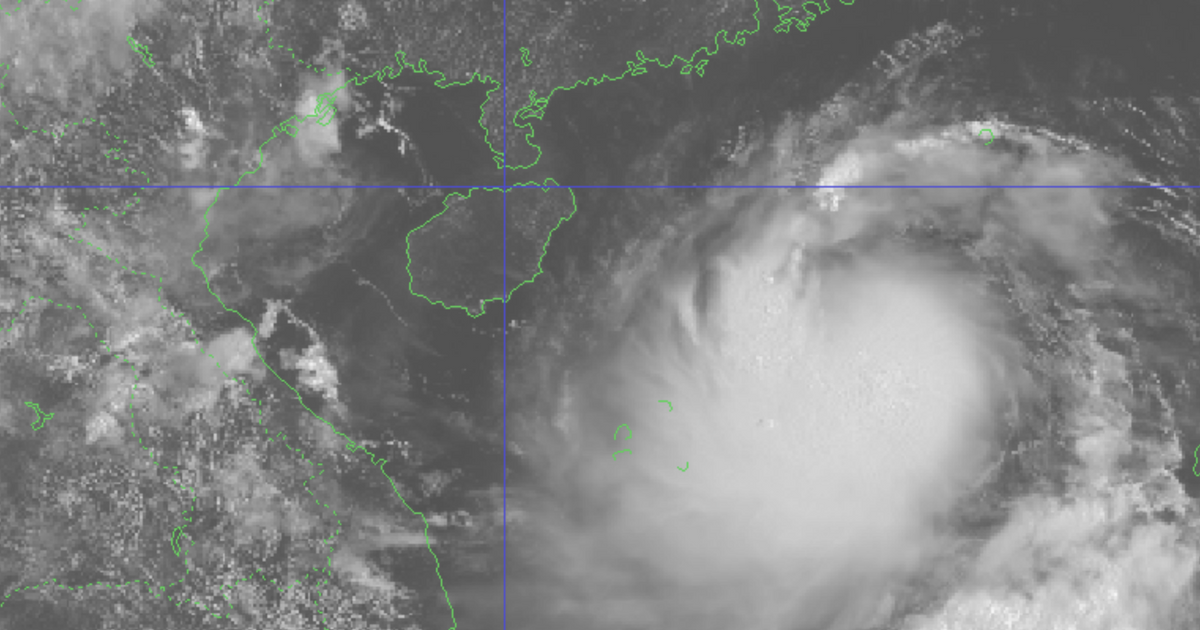




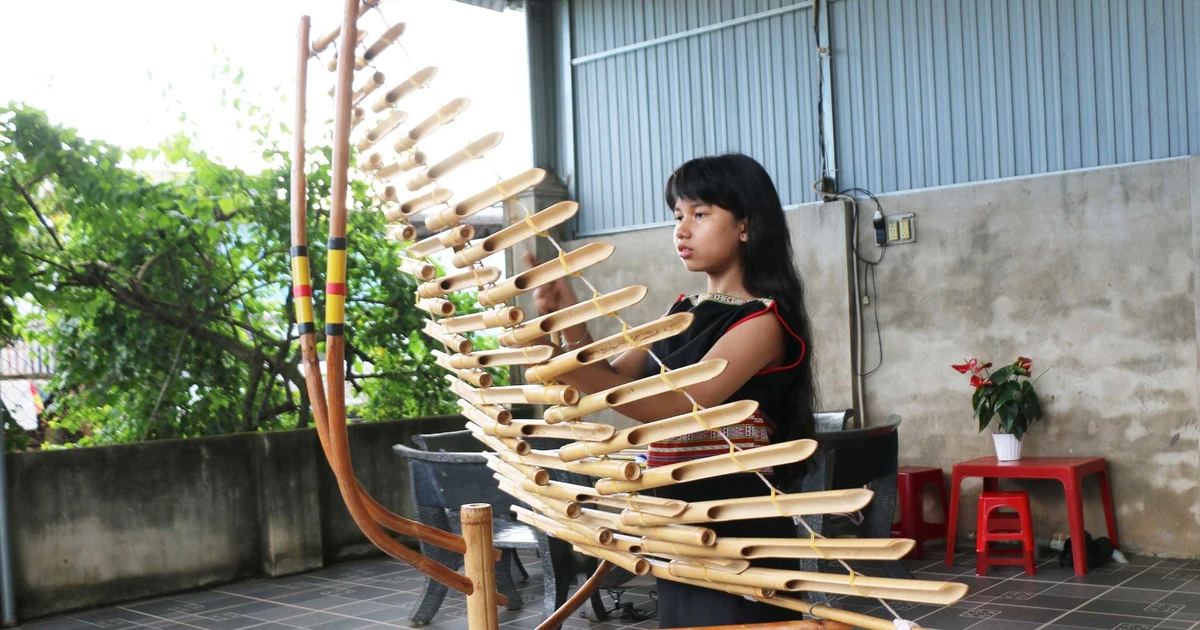






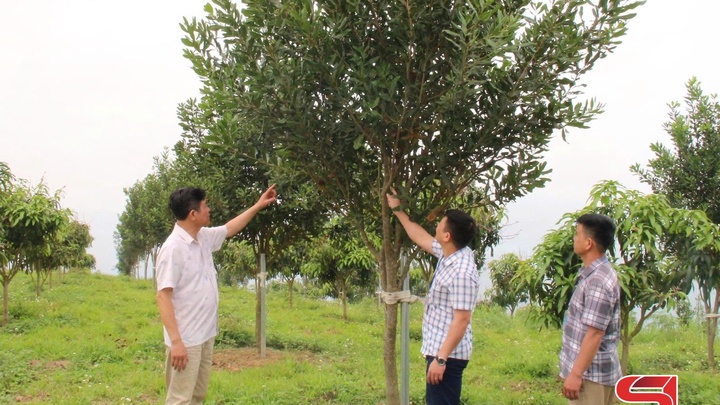











Comment (0)